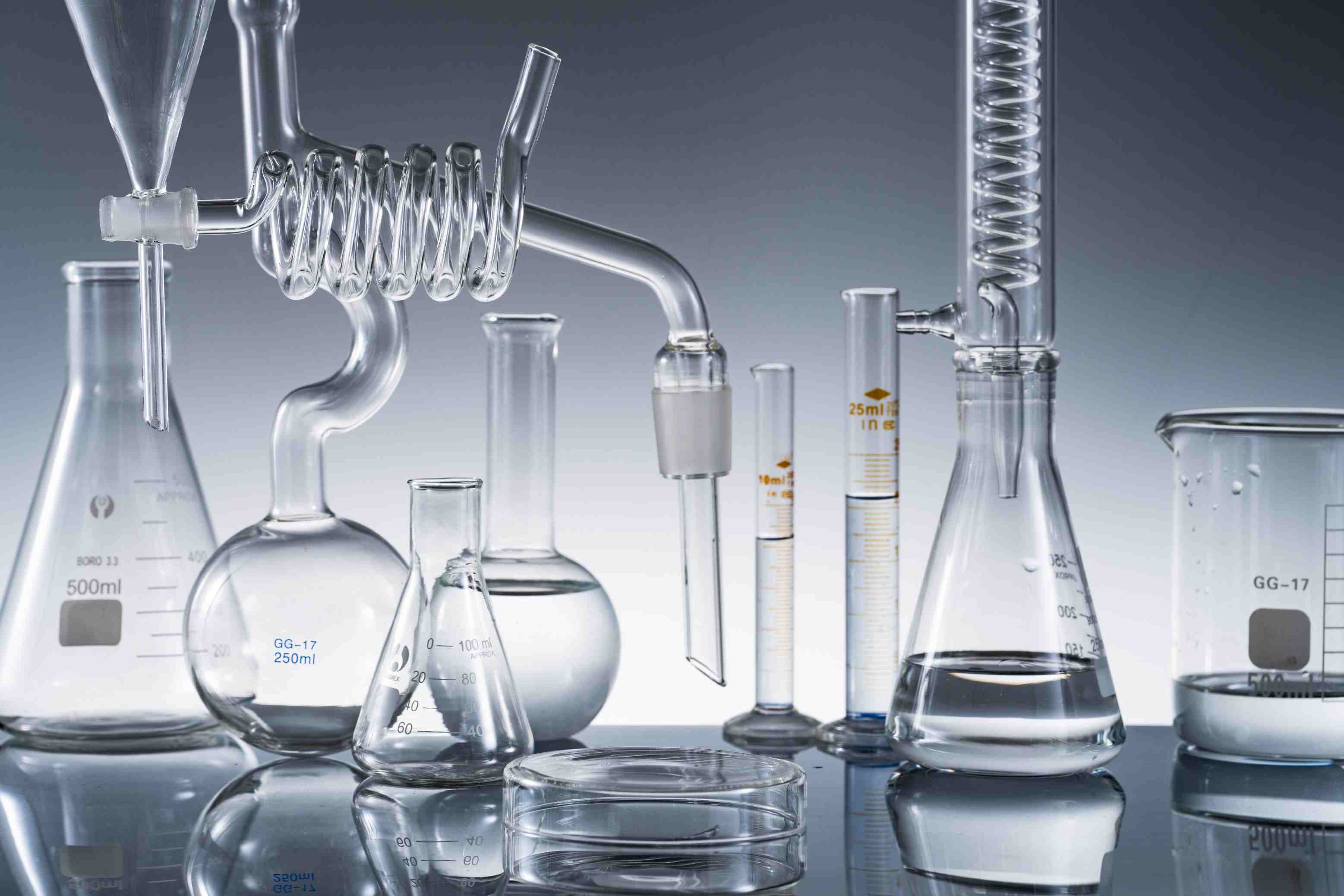




























Trace metals, anions and cations, and organic pollutants in purified water directly affect the performance of high-precision products in fields such as electronics and medicine. Strict control of water quality is the core link to ensure chip yield, reagent accuracy, and equipment lifespan. It is necessary to strictly follow authoritative standards such as GB/T 11446 and ASTM D1193 in China, the United States, and Europe.

Trace metals, anions and cations, and organic pollutants in purified water directly affect the performance of high-precision products in fields such as electronics and medicine. Strict control of water quality is the core link to ensure chip yield, reagent accuracy, and equipment lifespan. It is necessary to strictly follow authoritative standards such as GB/T 11446 and ASTM D1193 in China, the United States, and Europe.
Meixin Testing provides professional comprehensive analysis of purified water, relying on high-precision equipment such as ion chromatography/ICP-MS to accurately detect ppb level impurities, covering electronic, medical, laboratory and other scenarios, ensuring water quality compliance and process safety.
| Applications of Purified Water
1. High-purity cleaning water for the electronics and semiconductor industries;
2. Laboratory water for chemical analysis and trace analysis of inorganic and organic substances;
3. Water for medical and pharmaceutical reagents;
4. Low-conductivity water for equipment use.
| Sources of Impurity Contamination in Purified Water
1. Trace metallic and non-metallic impurities: such as sodium, potassium, calcium, magnesium, boron, silicon, aluminum, and iron. These elements may affect specialized processes and therefore require strict control.
2. Trace ionic impurities: Common anions include fluoride, chloride, nitrate, sulfate, and phosphate; common cations include ammonium, lithium, sodium, potassium, magnesium, and calcium.
3. Trace organic contaminants: Such as microorganisms and trace organic compounds. These pollutants may affect the quality and application performance of purified water.
| Physicochemical Testing Standards
Physicochemical testing of purified water shall comply with a series of rigorous standards to ensure purity and regulatory compliance. The primary reference standards include:
(1) GB/T 11446: Standards for electronic-grade water, applicable to water used in the electronics and semiconductor industries.
(2) WS/T 574: Standards for purified water used in clinical laboratory reagents, ensuring laboratory water quality.
(3) ASTM D5127: Guide for ultrapure water used in electronics and semiconductor industries, providing guidance for preparation and testing of ultrapure water.
(4) ASTM D1193: Specifications for reagent water, applicable to general laboratory reagent water.
(5) GB/T 6682: Specifications and test methods for laboratory water, providing unified standards for laboratory use.
| MTT Purified Water Physicochemical Analysis Service Scope
1. MTT Service Scope:
1.1 Purified and ultrapure water testing, unlike routine analyses, requires stringent conditions. The sampling environment, equipment, operator expertise, sample transportation, and timeliness are key factors determining the reliability of the results.
1.2 MTT is equipped with state-of-the-art cleanrooms, advanced analytical instruments, and high-purity ultrapure water systems. This enables the provision of a complete set of ultra-trace impurity analysis services for purified/ultrapure water, ensuring that your purified water is truly “ultrapure.” It thereby fully meets the requirements of ultra-cleanliness.
2. Sample Collection Methods:
2.1 MTT provides validated clean sampling bottles for customer use, along with sampling guidelines. Customers may collect samples themselves and send them to the MTT laboratory for analysis.
2.2 Customers may also use their own sampling bottles to collect and submit samples to the MTT laboratory for analysis; however, container selection and sampling shall be carried out under MTT’s guidance.